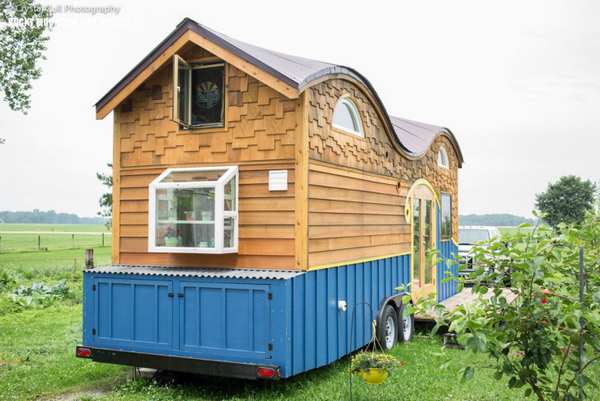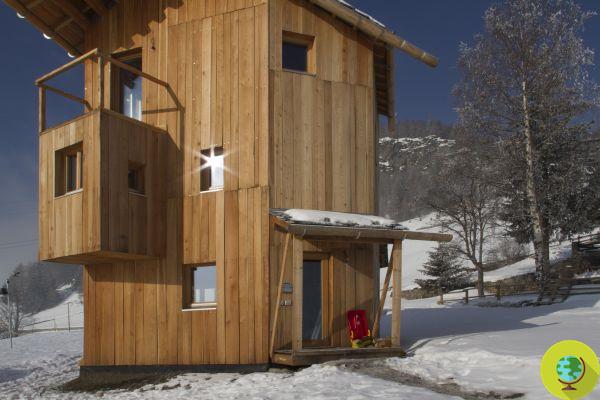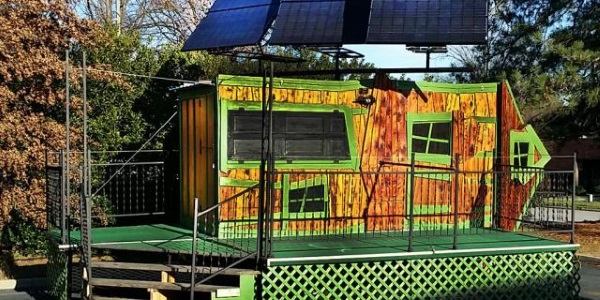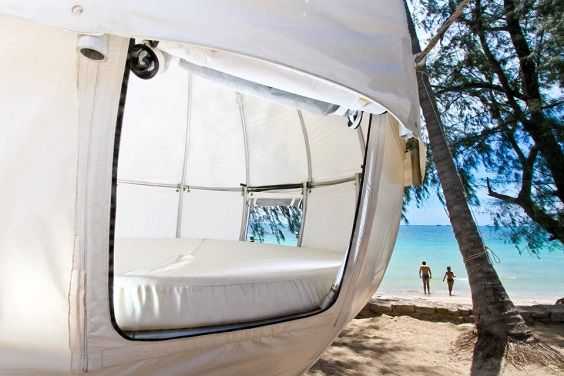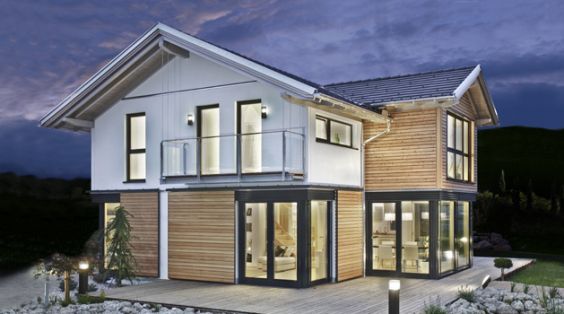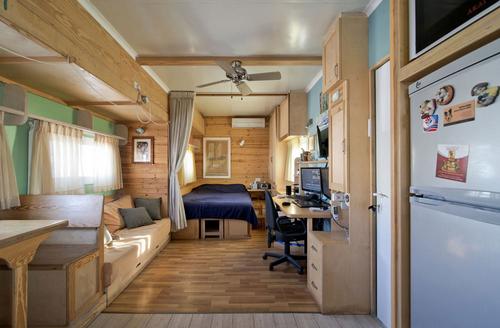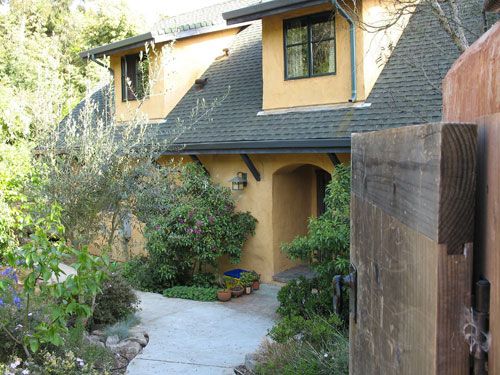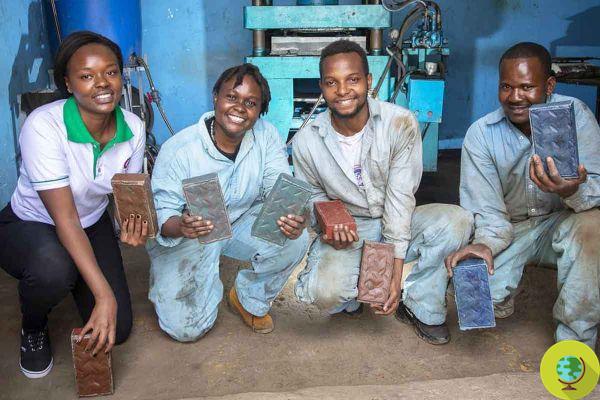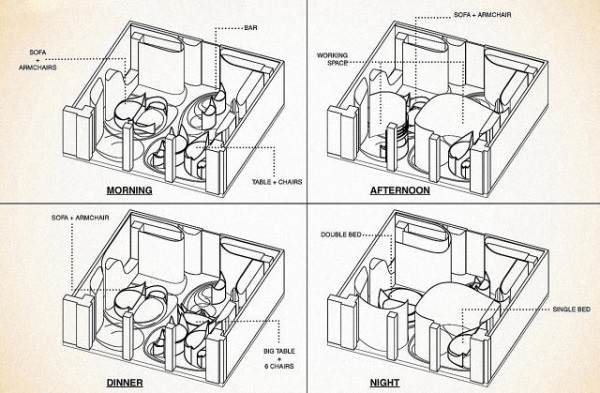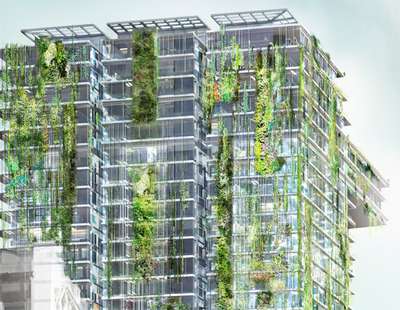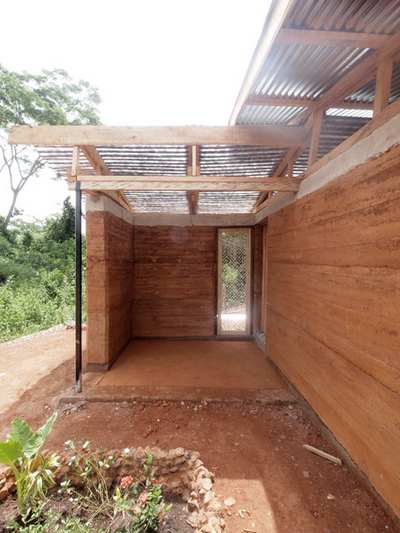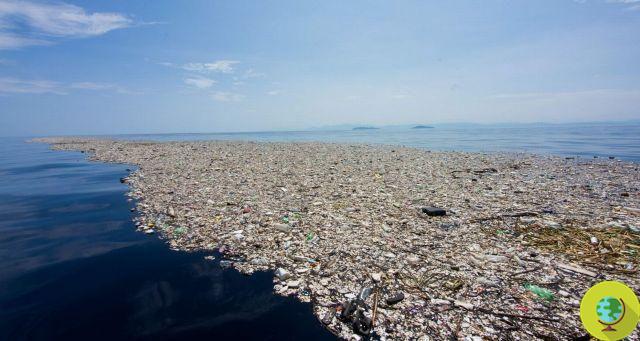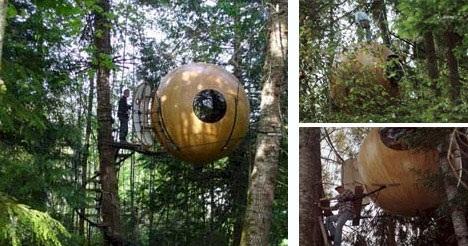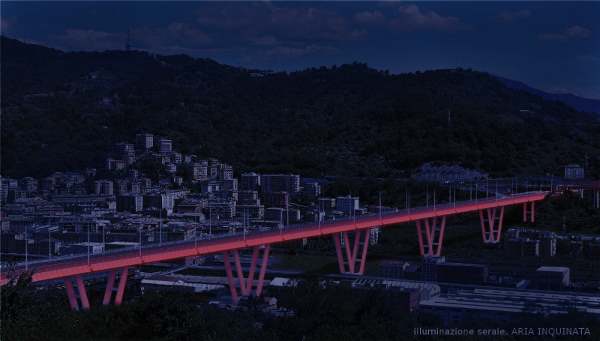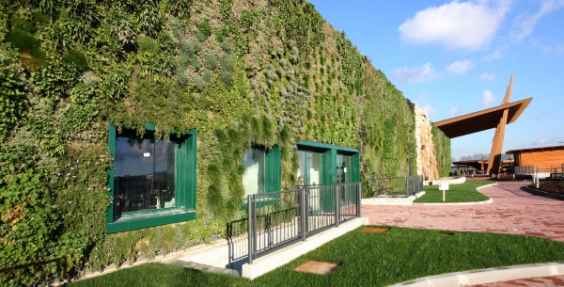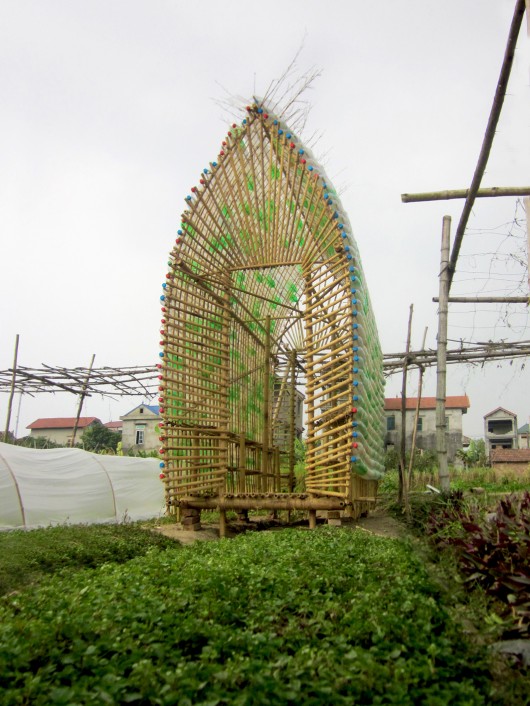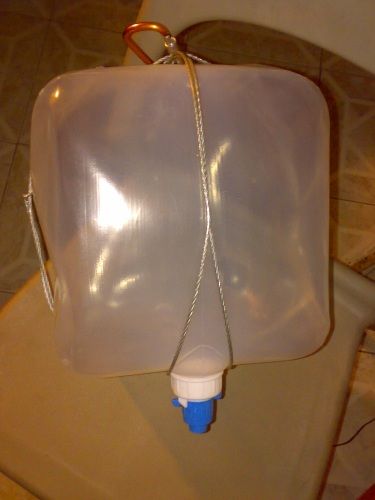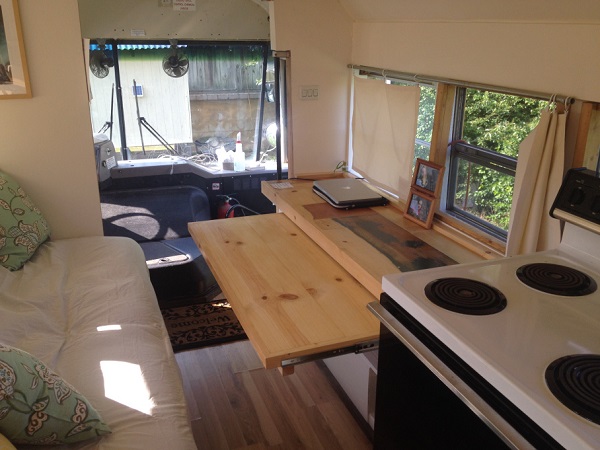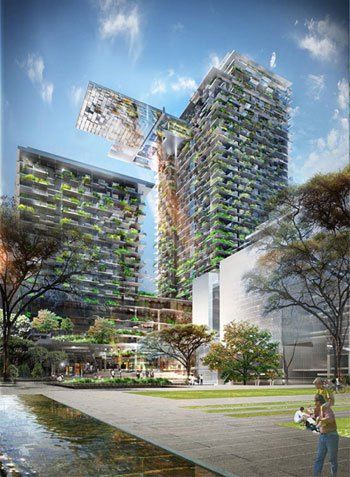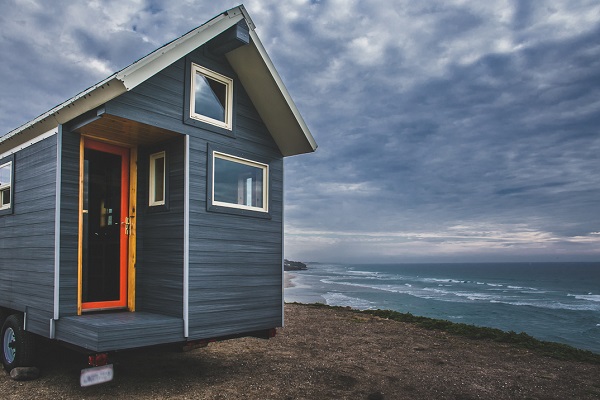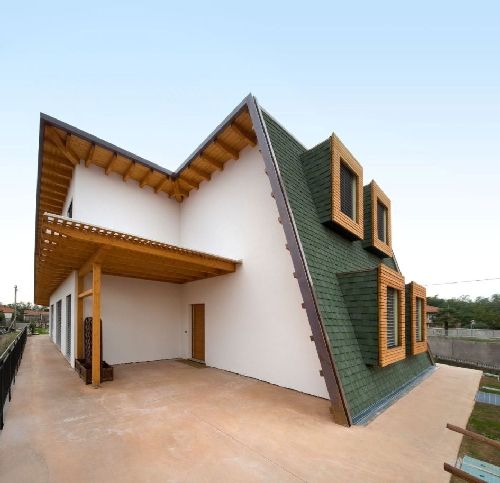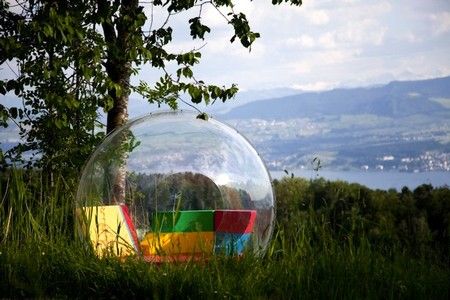At first it might seem like a joke or a gimmick worthy of a cartoon, yet it is now a reality: polystyrene, traditionally associated by most with packaging, is among the construction materials that are carving out an important space in sustainable architecture projects.
He is about to end up run over, his mother saves himAt first it might seem like a joke or a gimmick worthy of a Cartoon, yet it is now a reality: the polystyrene, traditionally associated by most with the the packaging, It is between materials of construction that are carving out an important space in the projects of sustainable architecture.
Il polystyrene expanded, better known as polystyrene, is in fact a recyclable material, from reduced weight, Rather economic, easily transportable
e assemblable, with high heat-insulating properties it's a lot resistant to fire, stimuli and environmental stresses. All features that, according to the experts, make it avalid alternative to traditional construction materials, especially in reality ad high seismic risk. In this regard, it is certainly no coincidence that many ideas and projects come from Japan, a geographical reality particularly exposed to natural disasters.
In addition to the adaptability of polystyrene to different contexts and needs, yours property heat-insulating allow a notable savings on cooling costs /heating of the structures. If you are skeptical and still think this white and grainy material will only work forpackaging e food trays, try to take a look at the following projects.
The domed houses and mushroom houses of International Dome House Inc.
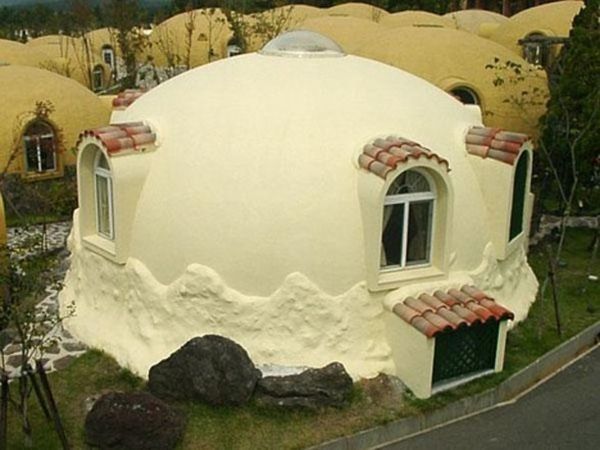
Try to imagine a igloo of about 7 meters in diameter and with an internal space of about 40sqm, the walls of which however are not of ice but, in fact, of polystyrene, and you will have a pretty clear idea of the basic module of the case a cupola and marry fungusdesigned by the Japanese International Dome House.
It is prefabricated modules can be assembled at will, starting from which to build structures of different extension and shapes. The walls have a thickness of about 20 cm and are covered with plaster, in order to create a real "masonry effect". The interiors can be divided, lofted and furnished as desired, to customize the rooms according to your taste and needs. Finally, the whole structure is protected by flame retardant substanceswhich, in contact with fire, do not emit toxic fumes.
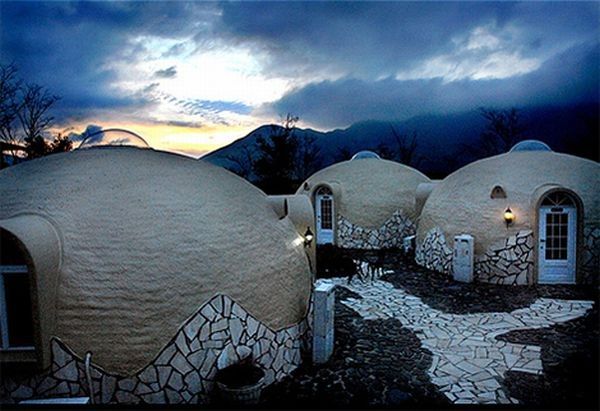
The cost of construction kit of the polystyrene houses of International Dome House hovers between 20 thousand and 30 thousand euros and the assembly procedure is so simple that it is estimated that a week of work by 3 or 4 people is enough to give shape to a livable and functional home.
The high-refrigerator house energy efficiency di Irving Smith Jack Architects
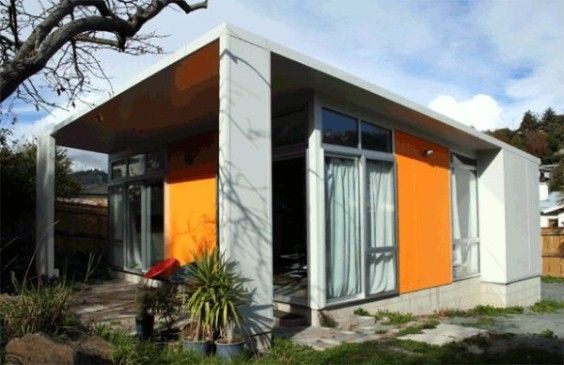
Among the projects that stood out at the 2009 edition of Nelson Marlborough Architecture Awards, a New Zealand exhibition that rewards innovative architectural ideas and projects, was also there a low cost solution (less than 100 thousand dollars, equivalent more or less to 70 thousand euros) and entirely made with prefabricated polystyrene panels.
This is the refrigerator-house designed by Irving Smith Jack Architects, with bright interiors and a very good thermal insulation, which makes it pleasant in summer and easily heated in winter.
The houseboat of Morphosis Architects
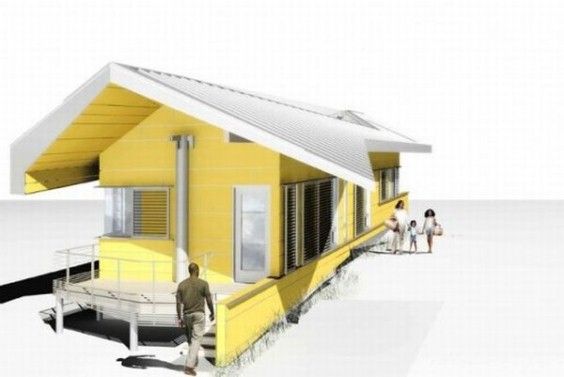
The starting point of this project is that a house must not only be harmoniously integrated into the urban context in which it rises but also, and above all, to resist natural disasters which Hurricanes e inondazioni. The place where this project saw the light is New Orleans, the American city of jazz, which in 2005 was severely tested by theKatrina.
Starting from the characteristics of the territory, Thom Mayne, founder of the Morphosis group and winner of the Pritzker Architecture Prize, he devised a house inpolystyrene panels reinforced with grafts in cement able to "rise", in the event of a flood, together with waters, floating on them up to a maximum height of 3,6 meters.
The Lavender Lodge of Simon and Linda Duxbury
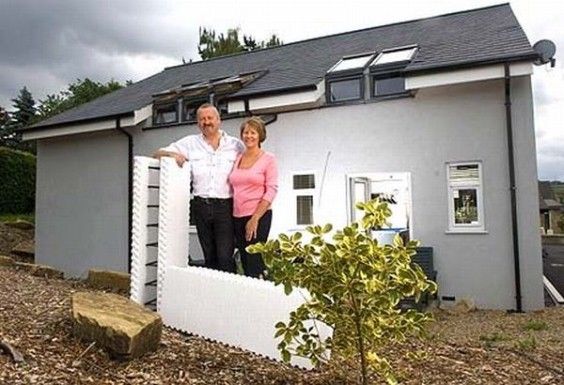
An English couple from Yorkshire, fascinated by the idea of building in polystyrene, has decided to provide for the manufacture of his own home by himself, combining it with his personal taste rather innovative bio-architectural solutions. The result is the Lavender Lodge, an original home, born in a very short time from the synthesis of input and different construction techniques.
Among the many advantages of the house, there is above all thethermal insulation, which allows to keep the internal temperature constant and to avoid waste due to heating.
Lisa Vagnozzi




